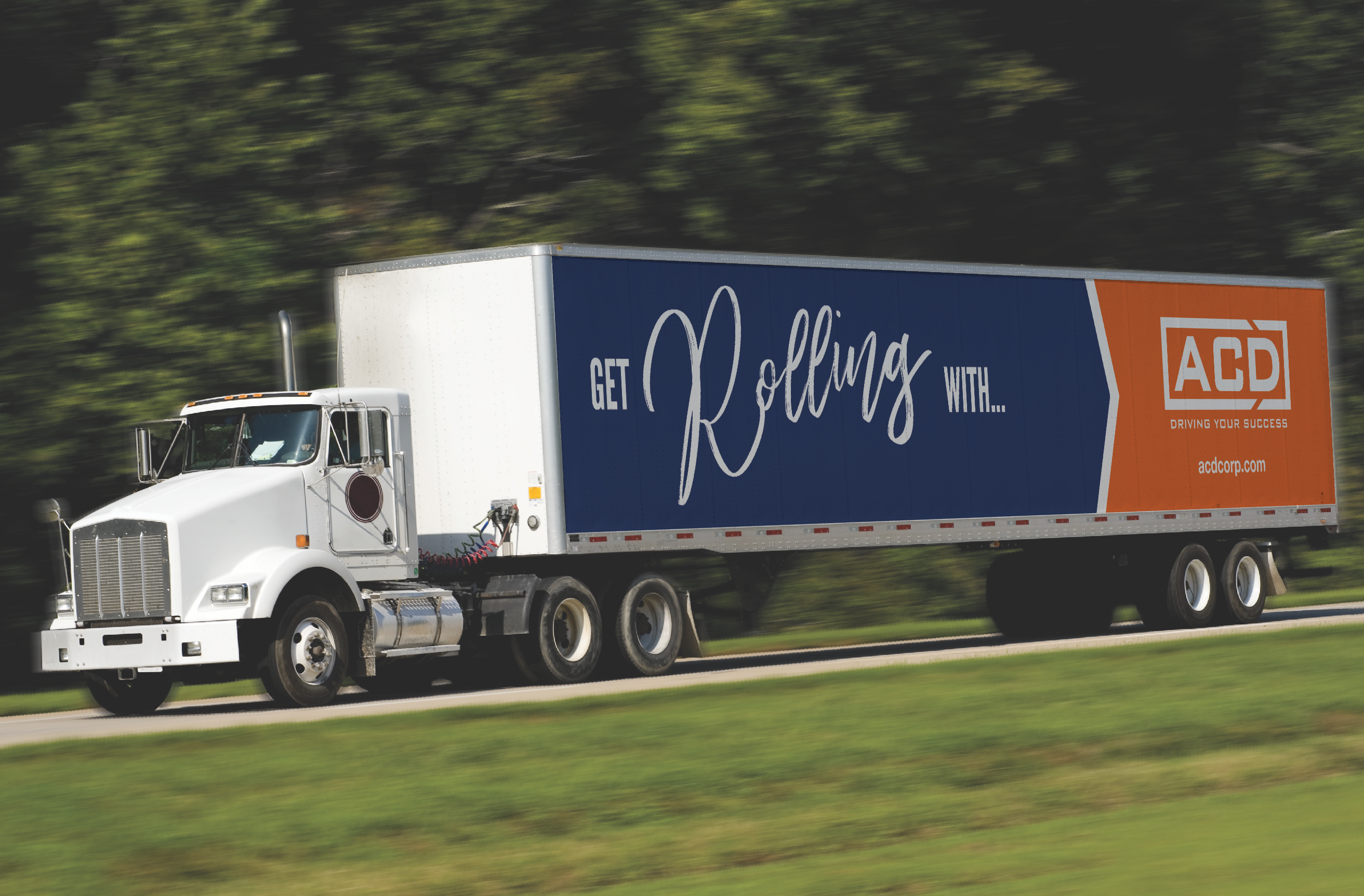The Powerful Play of Technology in Trucking & Transportation Claims
by Ernie Bray, CEO of AutoClaims Direct, Inc.
When it comes to innovation and modern claims processing for auto physical damage, much of the focus is centered around the personal auto insurance market.
It makes sense with the sheer volume of vehicles being driven and the ability to quickly repair damaged autos or determine a total loss value. The road to a low-touch, straight forward claims process is being paved but there’s still many miles to go.
In the trucking and transportation space, the physical damage portion of the claim can be more problematic. There are plenty of reasons – the varying complexity of the unit, truck or specialty vehicle and the estimatics process is less uniform compared to standard autos. This can lead to an extended repair cost determination times, but with the right combination of technology and service solutions it doesn’t have to.
Do trucking and transportation professionals have to sit back and keep using antiquated methods, fragmented workflows and a disparate group of inspection company vendors of varying performance?
The answer to that question is NO.
We know that delayed inspections, slow claim cycle times, bad photos, and incomplete documentation can quickly send a claim down the wrong path. This is a sure way to guarantee poor customer satisfaction.
Below are five easy ways that Third Party Administrators, Risk Managers and Transportation professionals can use technology to empower the claims process and drive real and measurable results.
- Streamline the physical damage process. Use a claims workflow technology that allows for flexibility in determining the method of inspection based on type of loss. Integrate a workflow platform specifically focused on real-time tracking, communication, data and reporting. This provides transparency and can reduce claim cycle times by over 50%
- Equip drivers with mobile tools. Drivers can document loss using a simple text link to their cell phone. From there a photo estimating tool can capture and secure images of the damage as close to the time of loss as possible. These photos can instantly feed into the workflow platform allowing for quick repair estimates and speedier investigations.
- Unify a fragmented process. Merge together field appraisal vendors, repair shops and automated supplement monitoring. All of this can be managed under one unified platform that can track appraiser and shop performance to specific KPIs to ensure the claim moves along in a timely manner.
- Build optimized workflows. Leverage machine learning to customize your specific needs. This allows you to prioritize and route files to specific adjusters, field resources and repair facilities. Automation reduces the number of touchpoints and phone calls which creates efficiency.
- Maximize reporting. Use reporting and analytics to efficiently monitor claims operations. You can look for trends and forecast needs by analyzing various data points along the claims cycle, repair costs, parts information, vehicle characteristics and other key points.
With the right technology and service solutions, innovative claims professionals can dramatically reduce truck down time, deliver superior documentation and leverage data to settle claims faster and more accurately.
